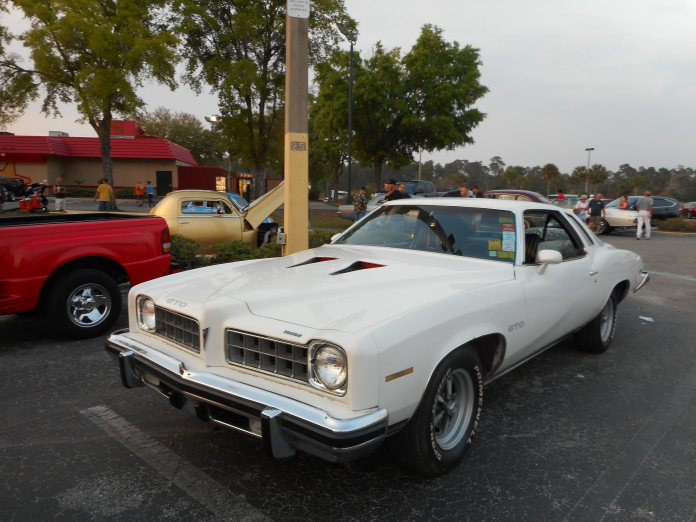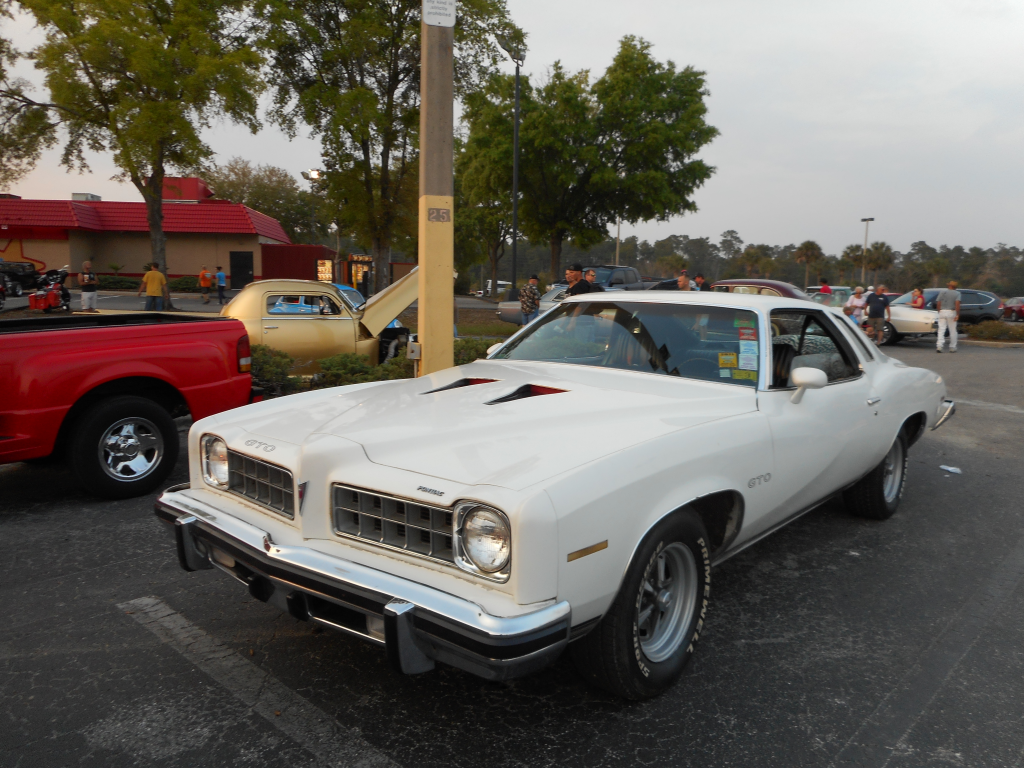
The 1960s and early 1970s’ muscle car mania made legends that still sweep over auction floors today but not every V8-powered coupe was a showroom darling. Some of them, with big engines and pinched noses, couldn’t find buyers and vanished quickly from dealer lots. Their rarity today makes them fascinating case studies in market failure and shifting consumer tastes.
From misunderstood styling models to homologation specials made in minuscule quantities, these cars reveal the means by which timing, beauty, and economics can destroy even the best of machines. To collectors and historians, they are both cautionary tales and longed-for trophies, each with their own story of aspiration and abrupt reticence.
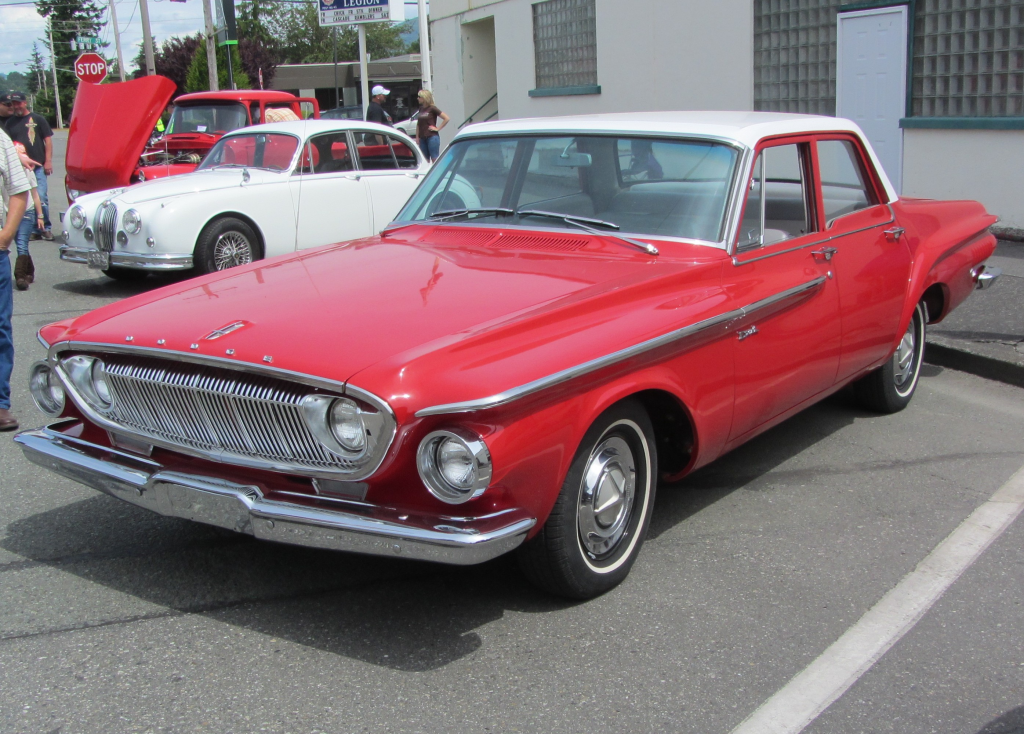
1. 1962 Dodge Dart – A Downsizing Mistake
Chrysler’s 1962 Dodge Dart was the product of strategic error. Executives anticipated that Chevrolet would shrink its full-sizers, so they rushed a redesign. They came up with a car uneconomically scaled too large for midsize, too small for full-size paired with swoopy Jet Age styling cut back at the last minute.
Performance shoppers would buy the Max Wedge V8, a drag-strip champion that made the Dart one of the first muscle cars to hit the formula. But the controversial styling scared off mainstream shoppers. Sales in the Dart line fell from 307,000 in 1960 to 110,000 in 1962, and the performance versions went along with it. The redo didn’t last more than a year before Chrysler reversed course.
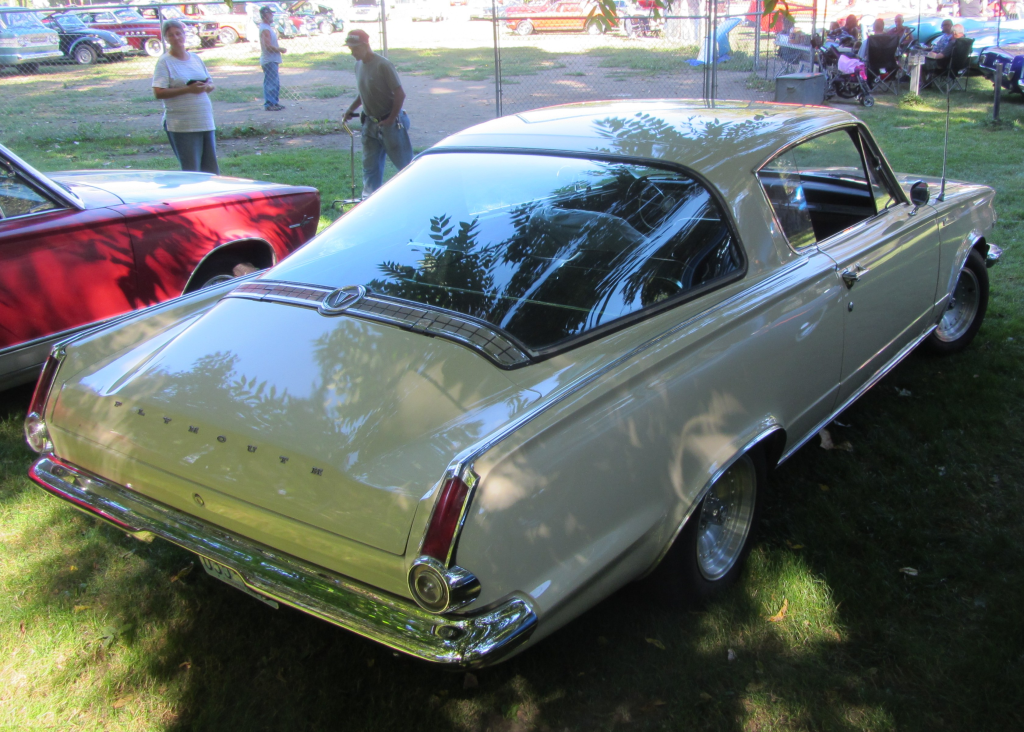
2. 1964–1965 Plymouth Barracuda – Lapped by the Mustang
Brought out to counter Ford’s new Mustang, the first Barracuda was a Plymouth Valiant-based vehicle with an enormous curved rear window and vestigial tail fins. The fastback profile guaranteed sportiness, but the inline-six base engine and modest 180-horsepower 273 V8 made it less potent than Ford’s 289 V8.
Sales of 23,443 units during 1964 and 65,000 units during 1965 were respectable figures in themselves but overshadowed by the Mustang’s 419,000 during its inaugural year. Plymouth managed to persevere, finally turning the ‘Cuda into a Mopar icon, but its entry showed how quickly a competitor might eclipse the pony car segment.
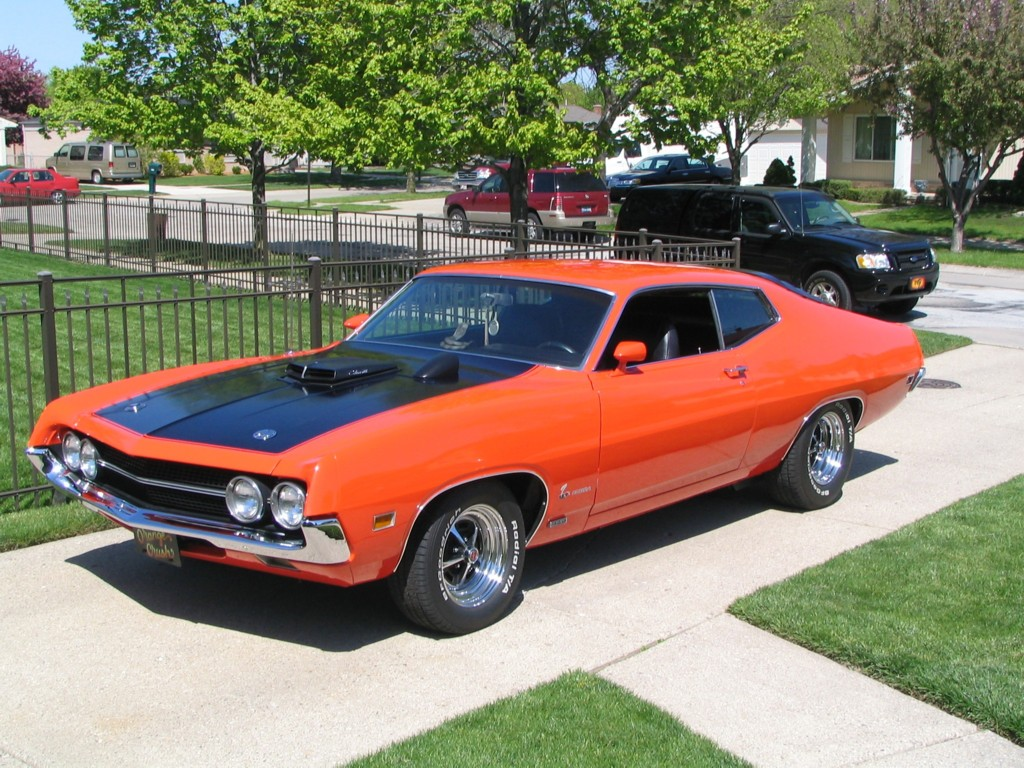
3. 1970 Ford Torino Cobra – Muscle Lost in Mustang’s Shadow
The Torino Cobra was endowed with Ford’s potent 429 Cobra Jet V8, with extras such as the Super Cobra Jet Drag Pack providing close to race-spec toughness. Even with output ratings of 370–375 horsepower, insiders at the time suspected that Ford intentionally low-balled numbers to sidestep red tape.
But despite that mechanical legacy, only 7,675 Cobras and fewer than 1,500 Super Cobra Jets sold. The Mustang’s more potent brand prestige took center stage, and the Torino Cobra became a high-horsepower jewel that few were aware of and appreciated almost exclusively by aficionado collectors.
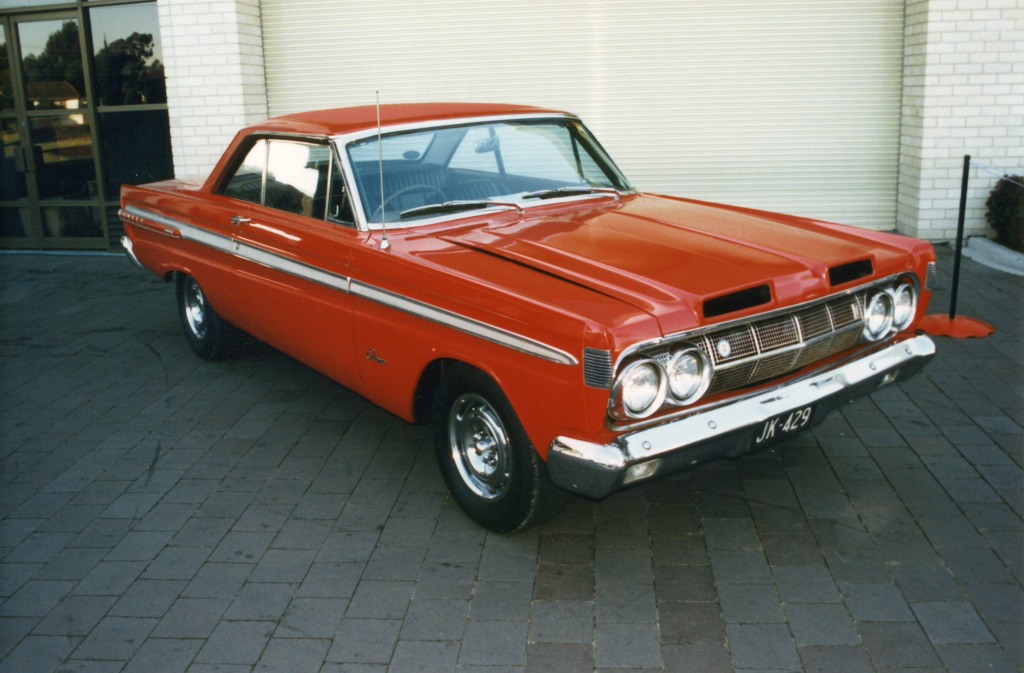
4. 1964–1971 Mercury Cyclone – The Forgotten Muscle
A part of Ford’s Total Performance program, the Mercury Cyclone was available with engines from the Hi-Po 289 to the 429 Cobra Jet. It even spawned NASCAR homologation specials like the Spoiler II. Still, for all lean looks and decent power, the Cyclone was unable to shake the Mustangs’ and Pontiac GTO’s shadow.
Its best year had less than 21,000 sold, and in 1971 figures fell to slightly more than 3,000. Today, the Cyclone’s union of rarity and performance render it a sleeper within muscle car history.
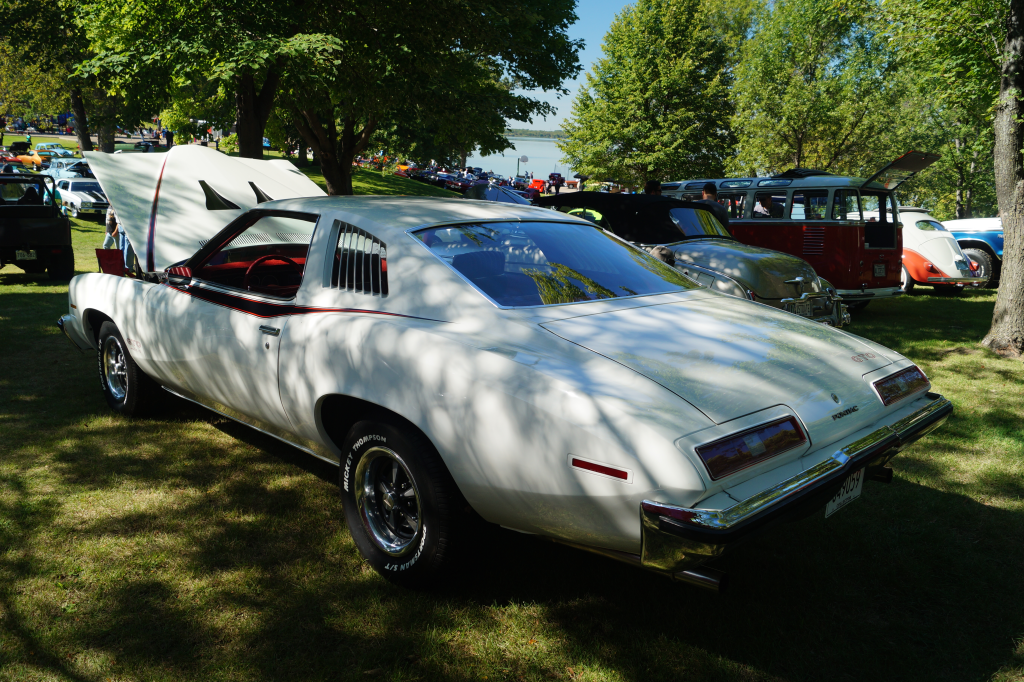
5. 1973 Pontiac GTO – End of an Era
By 1973, emissions controls, rising insurance rates, and the OPEC oil embargo had dispersed muscle car popularity. The GTO, a sales sensation with nearly 97,000 in 1966, could manage only 4,806 in 1973.
Its Super Duty 455 V8 produced 310 horsepower most of any American car that year but fell short of Pontiac’s late-1960s performance peaks. Extremist design changes, including protruding 5 MPH bumpers and altered rooflines, only contributed to its notoriety. Time has de-fused its reception, yet in-era buyers shunned it.
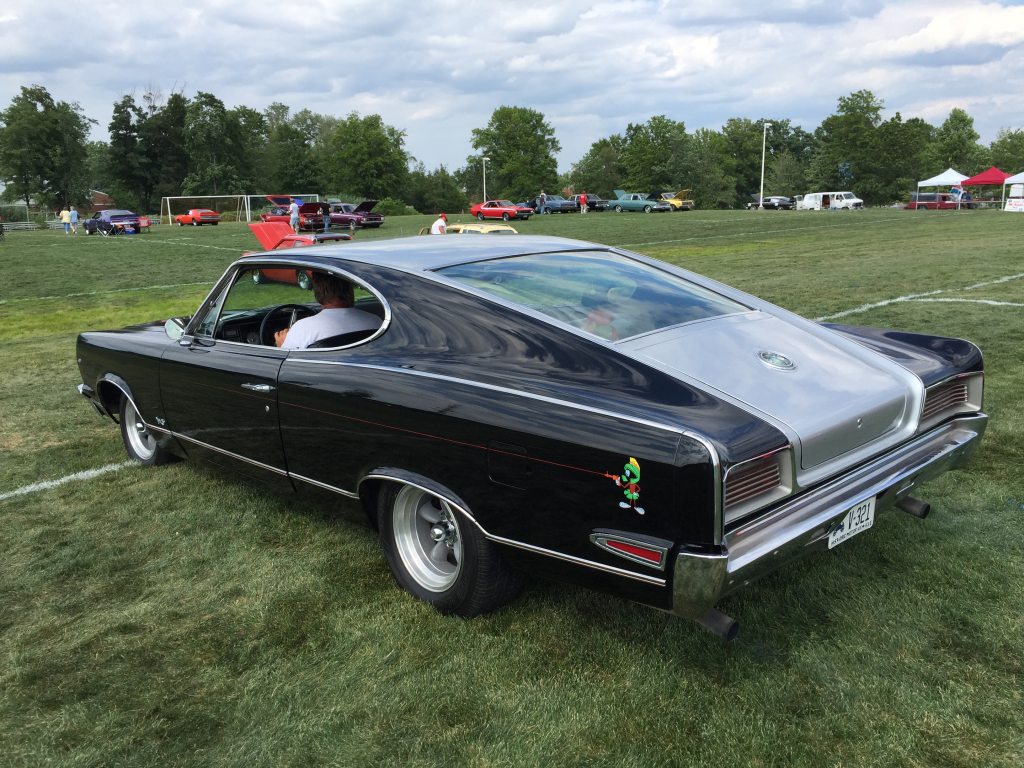
6. 1965–1967 AMC Rambler Marlin – Bizarre to an Extreme
Developed from the high-style Rambler Tarpon show car, AMC’s Marlin attempted to couple fastback looks with family dimensions. The result was a two-door with a bulbous rear end that clashed with its slim front.
Beneath, a 327 V8 provided as much as 270 horsepower, but looks were divisive. Sales fell from 10,327 in 1965 to only 2,545 in 1967, and it was destined. Enthusiasts prize its originality today, but back then, even AMC fans held back.
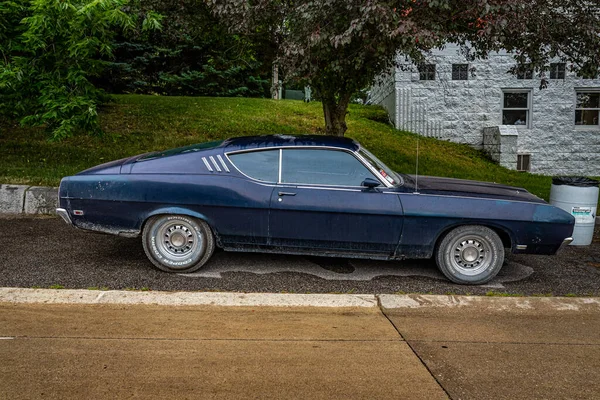
7. 1969 Ford Torino Talladega – Designed to Win at NASCAR, Not Drive on Main Street
A homologation special in all ways, Torino Talladega featured aerodynamic bodywork and a 428 Cobra Jet V8 engine that produced 335 horsepower. Competition Suspension and bare-bones interiors signaled its track intent.
Numbers totaled around 750 units, just enough to meet NASCAR requirements. Street buyers were offered a stripped-down, race-crafted car with minimal relevance to everyday driving. Today, its rarity and motorsport lineage make it a sought-after artifact of the aero wars.
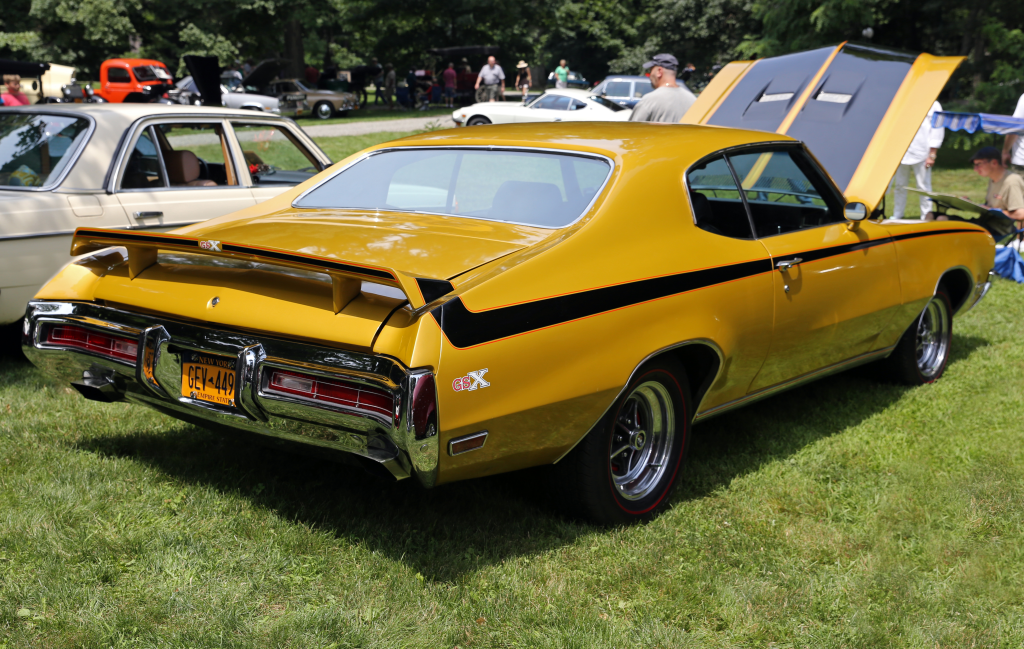
8. 1970–1971 Buick GSX – The Hemi Killer
Buick’s GSX arrived mid-1970 with a 455 cubic inch V8 that produced 350 horsepower and an incredible 510 lb-ft of torque. Stage 1 brought even more aggressive cam timing and increased compression, but true output was estimated to exceed 400 horsepower.
Although it was good enough to be known as “The Hemi Killer,” only 678 were made in 1970 and the same limited numbers in 1971. Limited color choices Saturn Yellow or Apollo White made it even more rare, but Buick’s luxury image kept many away from buying it.
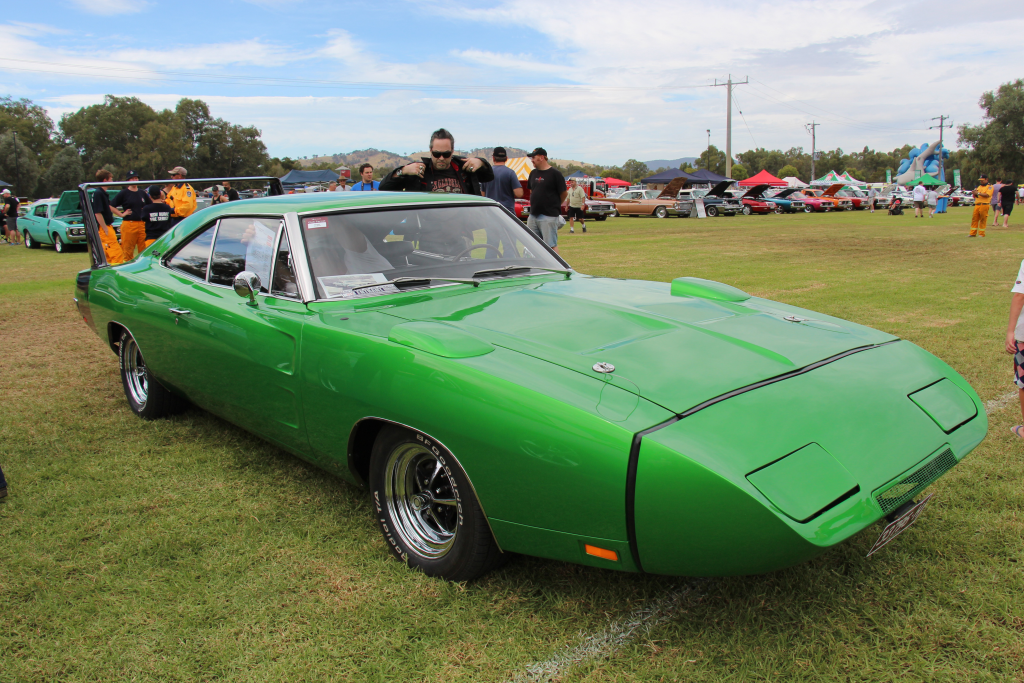
9. 1969 Dodge Charger Daytona – Aerodynamics Over Aesthetics
With its steeply raked nose cone and high rear wing, the Charger Daytona was intended to pace NASCAR’s superspeedways. It was powered by a 440 Magnum or the available 426 Hemi and broke the 200 mph barrier on the track.
Less than 505 were sold, in part because dealers held back legend has it 1,200 orders were not accepted because Dodge lost money on each one. The extreme styling dissuaded buyers of its time; now Daytonas are worth millions at auction.
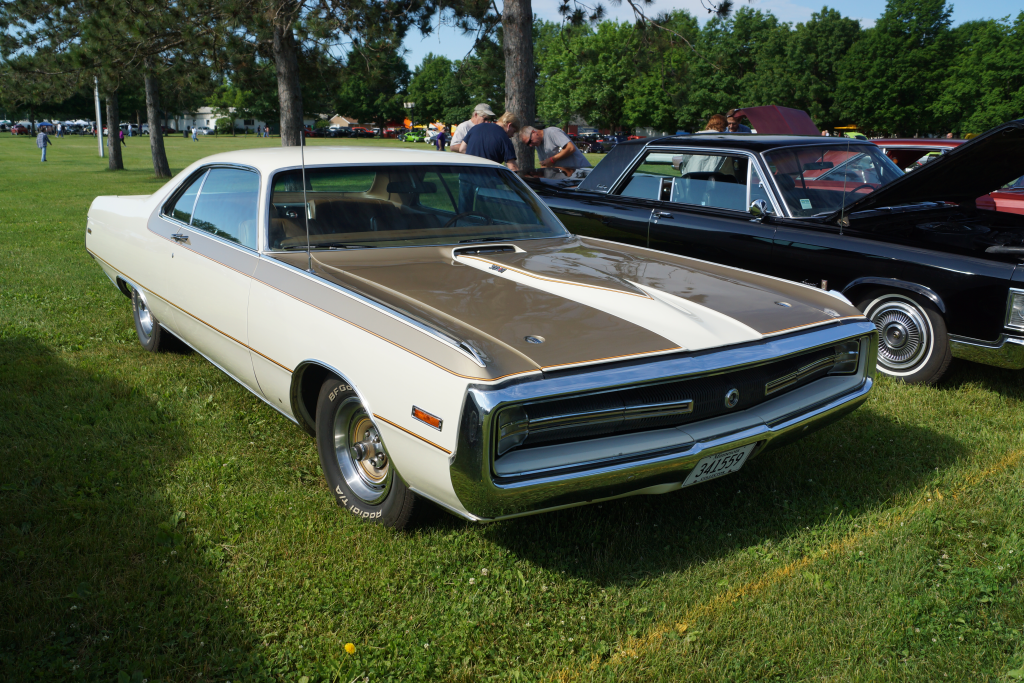
10. 1970 Chrysler 300 Hurst Edition – Muscle Wrapped in Luxury Clothing
Chrysler’s 300 Hurst Edition defied the small-car muscle formula, pairing a full-size, 4,200-pound coupe with a 440 Wedge V8 that made 375 horsepower. Hurst did the conversion, adding gold trim, fiberglass body panels, and a vacuum-operated trunk release.
Only 485 were made, and its upscale interior and sheer size relegated it to the meat-and-potatoes muscle car fan club. It remains a relatively inexpensive proposition among other rare 1970s high-performance vehicles and represents an accessible entry into the period’s overkill big-engine designs.
These ten models prove that muscle car success took more horsepower than it did timing, market placement, and styling that spoke to customers. Although their poor sales made them failures during their time, limited availability and unique personality have made many highly sought-after collectibles. To collectors, they are a testament to the fact that even failures can leave a lasting trace on the history of the automobile.
